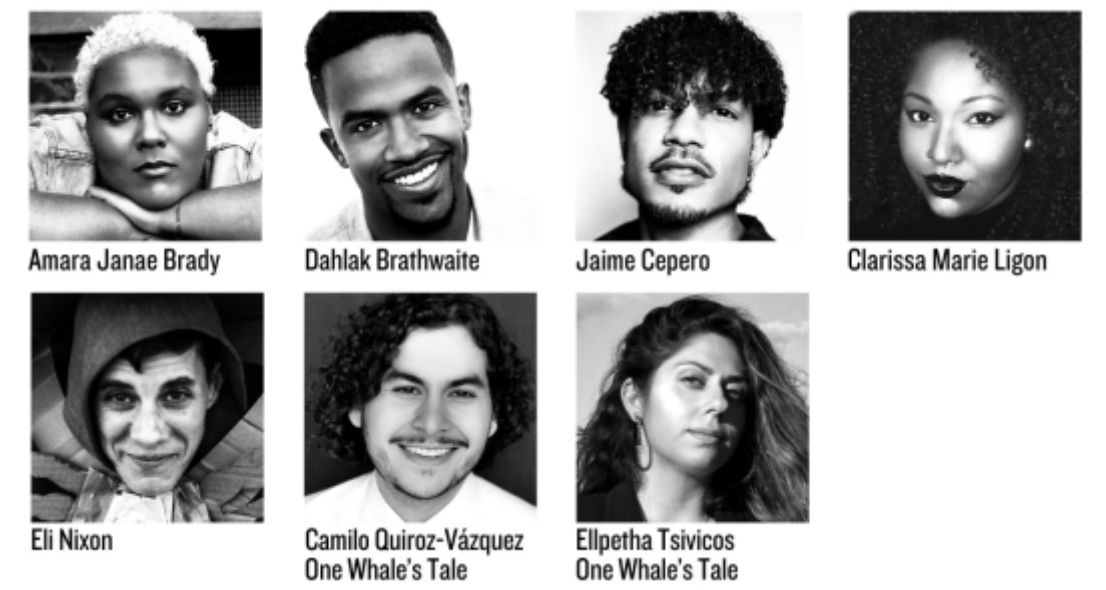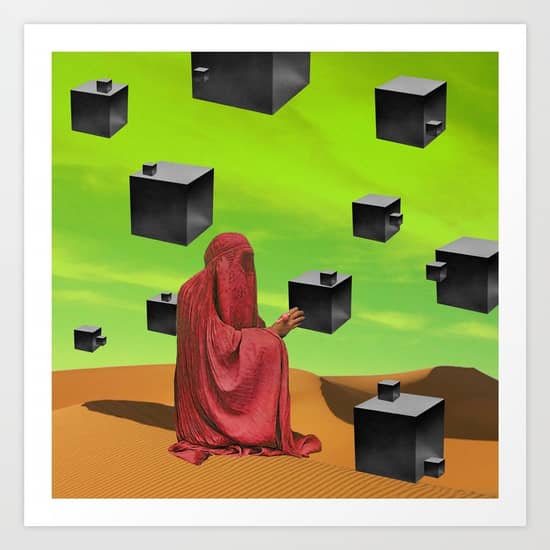How These Women Successfully Navigate Their Careers During a Pandemic
Dr. Kelli Morgan
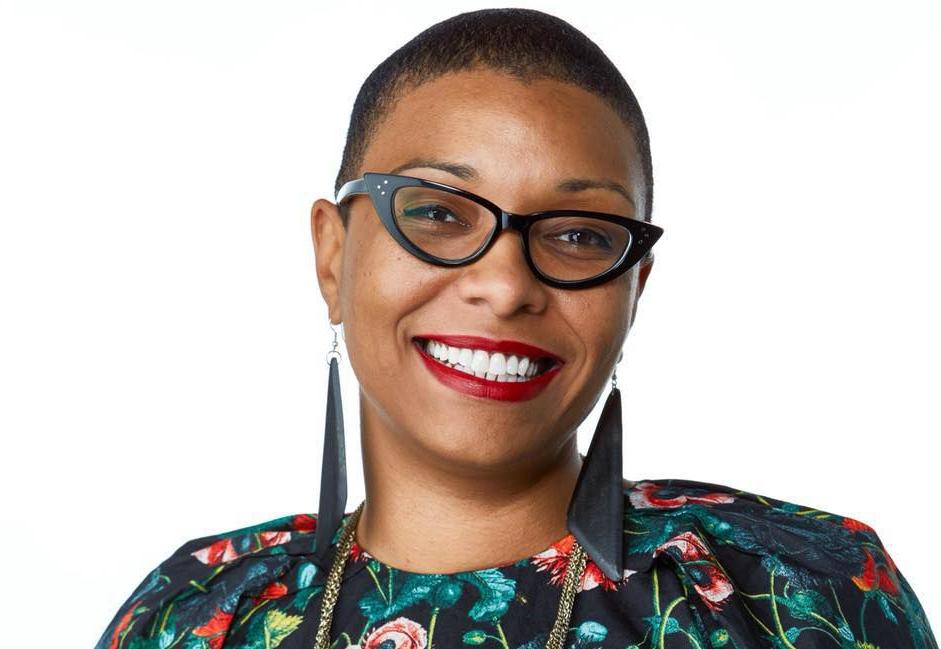
Dr. Morgan is the Associate Curator of American Art at the Indianapolis Museum of Art at Newfields. During COVID-19, she‘s Associate Faculty at Indiana University Purdue Indianapolis (IUPUI) in the Africana Studies program and the Herron School of Art and Design. Additionally, she educates through lectures for other institutions, and makes videos .
By having more conversations about Black art history, she promotes the saying, “The canon is just bullshit, and I want to tease that out.” She feels this way because the canon always has excluded Black artists and for Black artists to be accepted, they often are forced to play along with respectability politics or to be overqualified just for a seat at the table. In many ways, Dr. Morgan pushes that table aside and creates a new congregation of community.
Many a curator’s work is object-centered, but in Dr. Morgan’s practice, it is people-centered. She connects the Black community with the sterile and intimidating institutional space. She is here to make “these museum streets,” as she calls it, more inclusive. As the nicknamed “Curator of Diversity” at Newfields, she holds, and is often the force behind conversations surrounding race. This is as tiring and exhausting a practice as it is rewarding.
Within all of her work capacities, she advocates for Black art history scholarship and critical race theory. Her newest projects are a YouTube Channel promoting this work on a wide-reaching platform and writing about the colonial period birthing the American art market. She also continues to work with Black Art Auction in Indianapolis whose recent auction took place May 16. Some of the most notable purchases were for Sam Gilliam and John Biggers.
Her Favorite Artists:
Elizabeth Catlett, Edmonia Lewis, Titus Kaphar, Mickalene Thomas, Simone Leigh, Castle, Samuel Levi Jones, Bisa Butler, Lavett Ballard, Toyin Odutola, and Hassan Hajjaj.
Her Advice to Emerging Curators:
When there is a lack of a platform for what you do, you must create it! In many ways, Dr. Morgan tailored her graduate studies by approaching different professors for independent study or informal learning. She came to them with a plan to learn about Black artists and wanted their direction for exploring what she did not know.
Moreover, she has leaned into the oral tradition methodology of learning by seeking out help from professors and “cold calling” artists and scholars in the field. This drive and ingenuity has forged her trajectory and is responsible for where she is today.
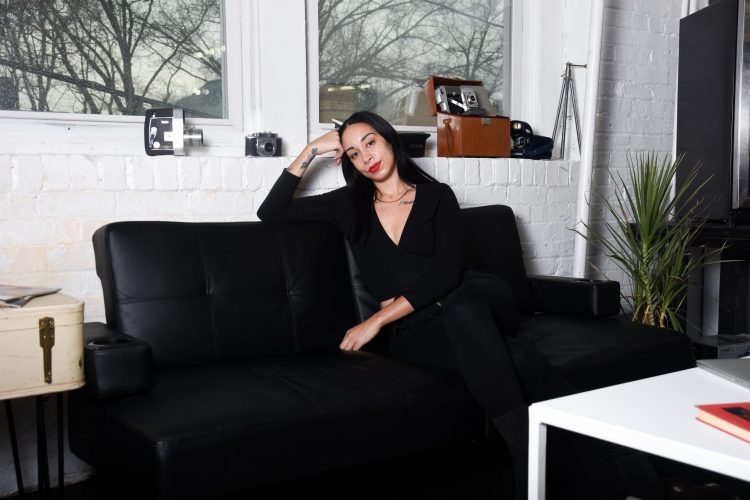
Tara Fay Coleman
Ms. Coleman is another strong woman who manifests the reality that she wants for herself and her daughters. She is an independent curator and performance artist whose career spans exhibitions at Phosphors Project, Bunker Projects, Denison University, August Wilson Center, African American Cultural Center, and upcoming projects at the Brew House Prospectus program and Seton Hill University.
In her performance art piece at the Carnegie Museum of Art, during Deana Lawson’s solo exhibition, she interjected hair braiding in the museum space. The weaving together of hair echoes the multilayering of Lawson’s photography and the weaving together that Coleman does to advance the relationship of Blackness to the museum. In the same vein, her curatorial work is built off of her performance art and sartorial influence.
After her degree in fashion, she began as a curator of the Pittsburgh streetwear boutique, Social Status. By using traditional gallery spaces and non-traditional spaces such as boutiques, she says, “To me, the store is the antidote to the white-cube gallery.” The art that she curates focuses on gendered experiences, artists who depict the Black experience, as well as non-traditional Black artists similar to her background.
During COVID, she continues to research as a part of the Brew House Prospectus, read books by Deana Lawson (one of her favorite artists), and write grants for her upcoming projects. She does this all while doing it fashionably.
Advice to Emerging Curators:
Do not underestimate the power of mentorship. She encourages emerging curators to make connections with people. Originally from Buffalo, NY, finding mentors has been integral to Ms. Coleman in becoming integrated with the Pittsburgh art scene. She even makes meaningful connections by including her kids at every exhibition opening. In all that she does and promotes, she encourages the braiding of experiences together.
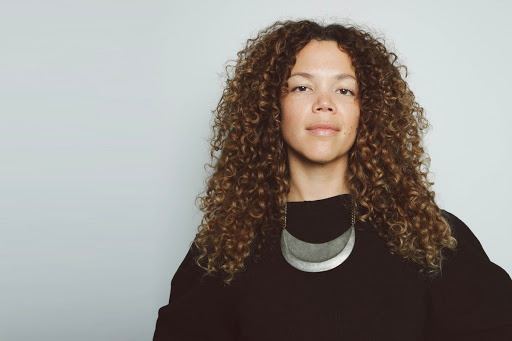
Allison Glenn
Glenn is an Associate Curator at the Crystal Bridges Museum. Her area of curatorship covers contemporary art, Black contemporary art and public sculpture. Her practice began after receiving her BFA in Photography and co-major in Urban Studies. After that, she went to School of the Art Institute of Chicago where she obtained dual Masters degrees in Art Administration and Policy and Modern Art History, Theory, and Criticism. While in school, Glenn completed a graduate internship at the Hammer Museum under the direction of Dr. Naima Keith and Dr. Kellie Jones, and then directed a commercial gallery. In 2016, she left her job to pursue curatorial practice and moved to New Orleans to join Prospect New Orleans’ curatorial and publications teams for the international art triennial Prospect.4: The Lotus in Spite of the Swamp. The path that she charted may be non-traditional to how other curators arrive at the same destination, but her experience is rewarding and fuels her practice.
Her favorite part about being a curator is working with artists. She says, “I privilege the artists voice above everything.” She makes the various personalities and artist’s vision come to life. Her recent work is Hank Willis Thomas: All Things Being Equal…, State of The Art 2020. In All Things Being Equal, she had the privilege of working with curators at Portland Art Museum, the organizing venue, and Hank Willis Thomas to interpret his breadth of work that challenges notions of racial, gender, and religious equality in the United States through pop culture, archival imagery, history, sports, and advertising. In State of The Art 2020, she worked with a group of contemporary artists from the 48 contiguous states that are working now.
Artists She Admires:
Senga Nengudi, Caroline Kent, Ulysses Jenkins, Wangechi Mutu, Shinique Smith, Barbara Chase-Riboud, Rashid Johnson, Hank Willis Thomas, Xaviera Simmons, and Maren Hassinger.
Advice to Emerging Curators:
Glenn advises emerging curators to work hard, have grit, learn to listen, take risks, be willing to succeed or fail, and to get to know the artists they work with. Her unconventional path is what makes her so successful today, so she reiterates that there is no perfect formula to being a curator. It is more value based, as she says, “There is a delicate balance to being a curator. You have to be flexible, yet firm. Visionary, yet willing to be led to ideas and concepts.”
How She Finesses a Pandemic:
When COVID-19 sought to interrupt her practice, Glenn’s work ethic fuels her commitment to her practice. She continues to be involved with developing current and future exhibitions, attending Zoom meetings with the art community, as well as cultivating a lifestyle of self care. For instance, Glenn created a virtual walk through of the Hank Willis Thomas: All Things Being Equal..exhibition. Her pivot includes work and explorations of Bentonville, Arkansas, daily meditation, yoga practices, shopping and putting outfits together, cooking, and looking at art to sustain her during this time.
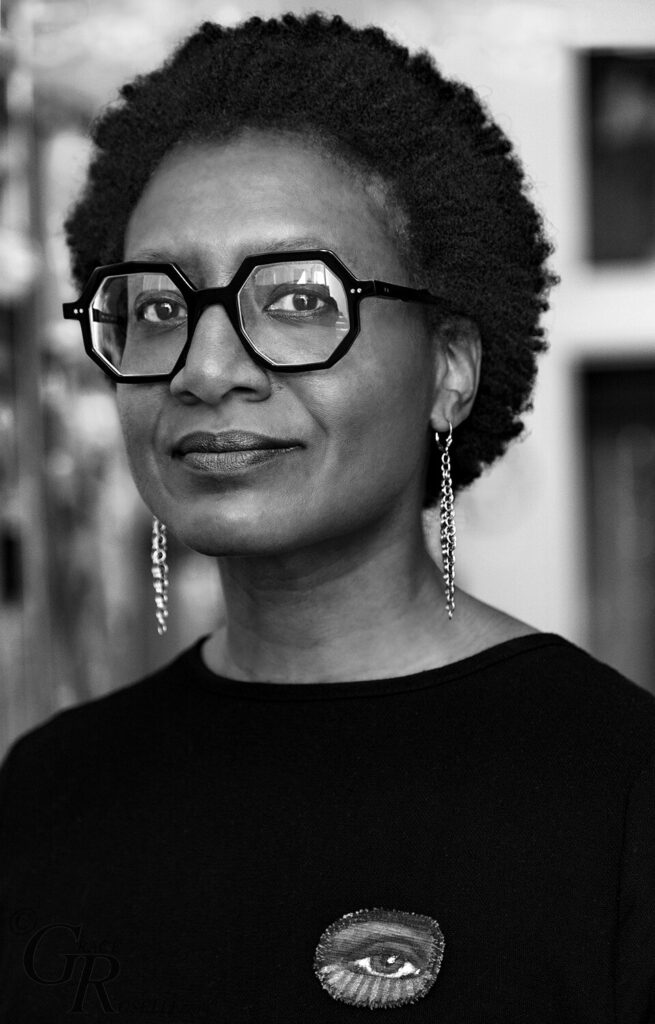
Kilolo Luckett
Creating a platform and sourcing works to supplement the lack of a permanent collection for the August Wilson Center for African American Culture (AWC) is one of the groundbreaking things of many that Kilolo Luckett accomplishes. She was hired by Janice Burley Wilson in 2017 to establish an exhibition program at the August Wilson Center in which Luckett includes artwork from the N’Namdi Collection that calls and responds to the greater themes of August Wilson’s work.
Her exhibition, Transformation Space: The N’Namdi Collection, features 30 works of Post-War to contemporary artists from Norman Lewis, Charles Alston, Bob Thompson, Betye Saar, Ed Clark, Robert Colescott, Barbara Chase-Riboud, David Hammons, Chakaia Booker, and many others.
Luckett is an independent curator and art historian who lends her expertise to the Carnegie Museum of Art, Wood Street Galleries in Pittsburgh and the Andy Warhol Museum, among others. In her work, she connects many artists through the Fountainhead Residency in Miami, and creates an infrastructure for collections that did not exist previously such as the AWC exhibition. Through an intergenerational framework, she expands the audience of museum-goers through scholarship.
Favorite Artists:
Alma Thomas, Elizabeth Catlett, and Howardina Pindell.
Advice for Emerging Curators:
An important moment at the beginning of her career took place after college, when she waited tables and focused on building relationships within the arts. Because of her work ethic, she was scouted for an curatorial assistant position at the Wood Street Galleries. Her experience is a testament to the power of networking, and she encourages emerging curators to talk to as many people in the industry as possible, forge their own path with their passion and work ethic leading them, and to commit to continued learning.
Navigating COVID
Luckett stays busy during the pandemic by working on her upcoming book about the model Naomi Sims, who shares her roots as a transplant from Mississippi to Pittsburgh. She participates in Zooms, such as “The Parlor: A Gathering for the Arts & Culture Community” that include: Franklin Sirmans, Larry Ossei-Mensah, Ebony Patterson, and Essence Harden. During this Zoom, she talked about the arts community in the midst of a pandemic and how it needs to restructure to support Black artists during this time. Also, she reads about Beauford Delany in her free time, listens to podcasts, and for work, she strategizes on a COVID-postponed exhibition of the art of Sam Gilliam.
Building Mentorship Connections During COVID
“In a moment that could have stifled my practice, I shifted to interviewing women bosses and many others in the art world, developed an independent study curriculum for my last year of undergrad, and curated virtually through writing blogs promoting the work of Black modern and contemporary artists. Each one of them impacts how I view the curatorial field and adds to my practice of weaving together knowledge and interpreting the arts. As Miles Davis said in an interview—a musician is a musician without actually playing music because he hears the music within him. Within me, the curatorial impulse thrives, and the music plays no matter the rests in each bar.
Sourced from interviews with each curator.







